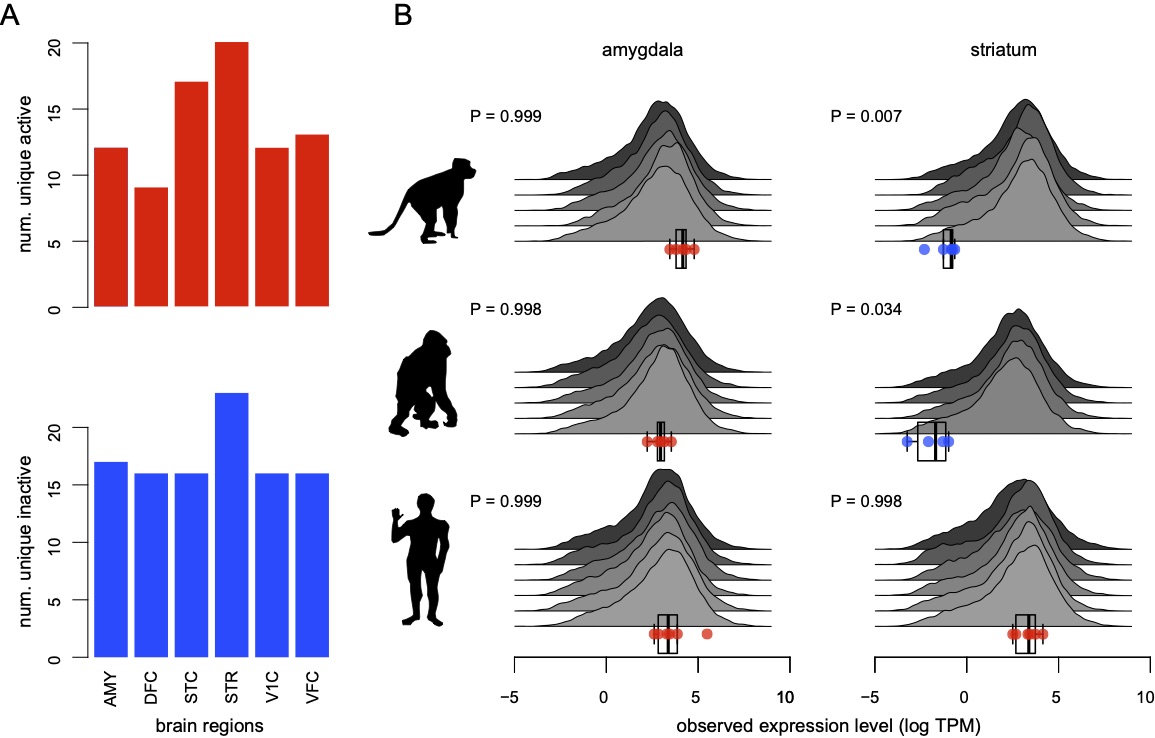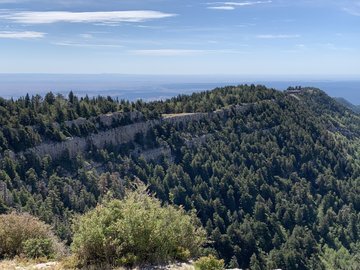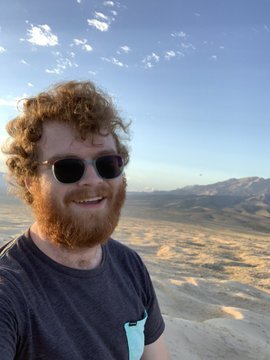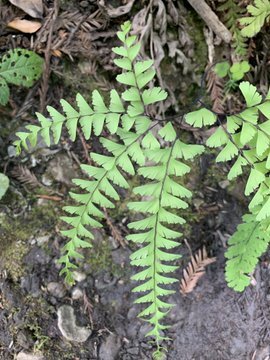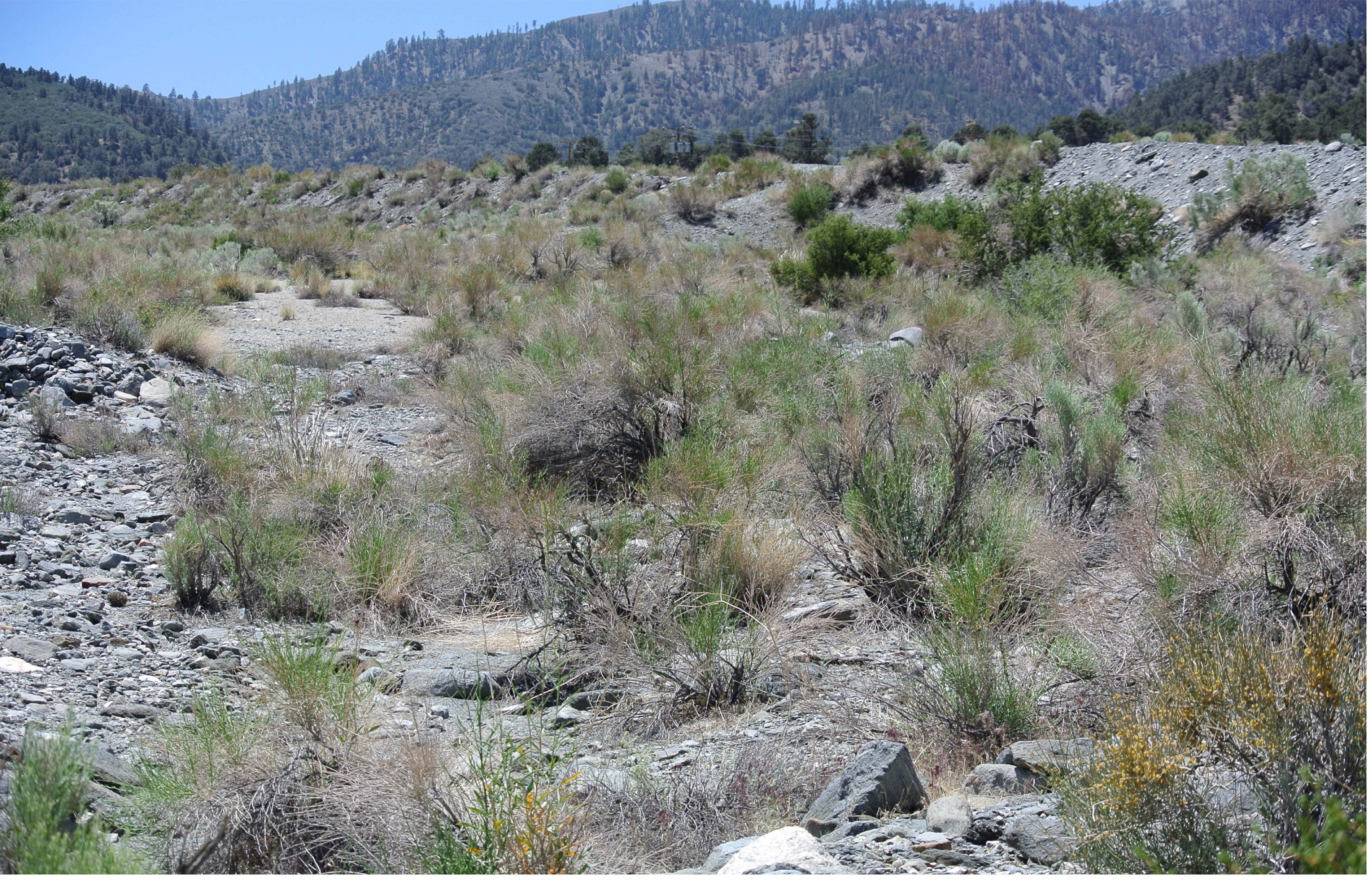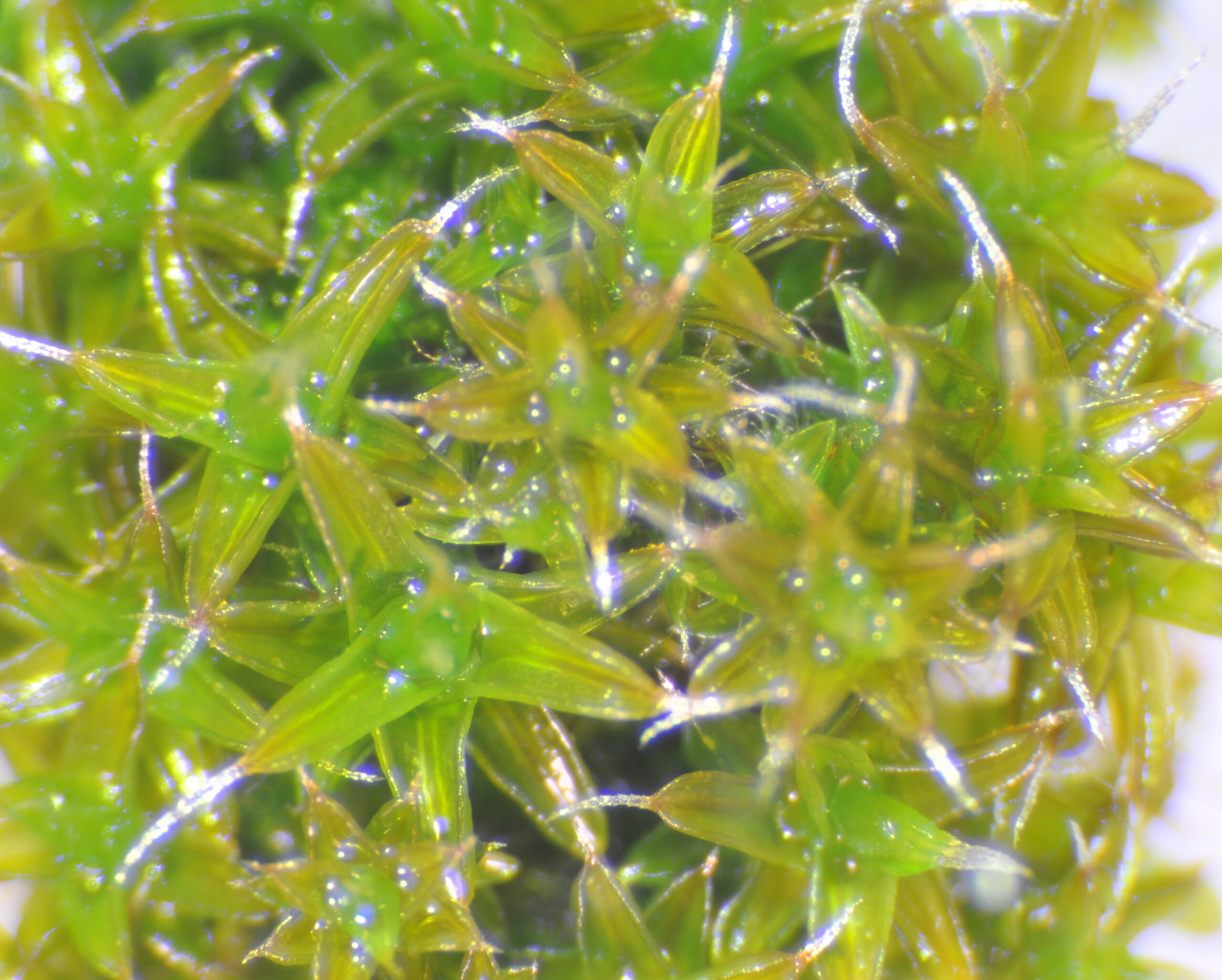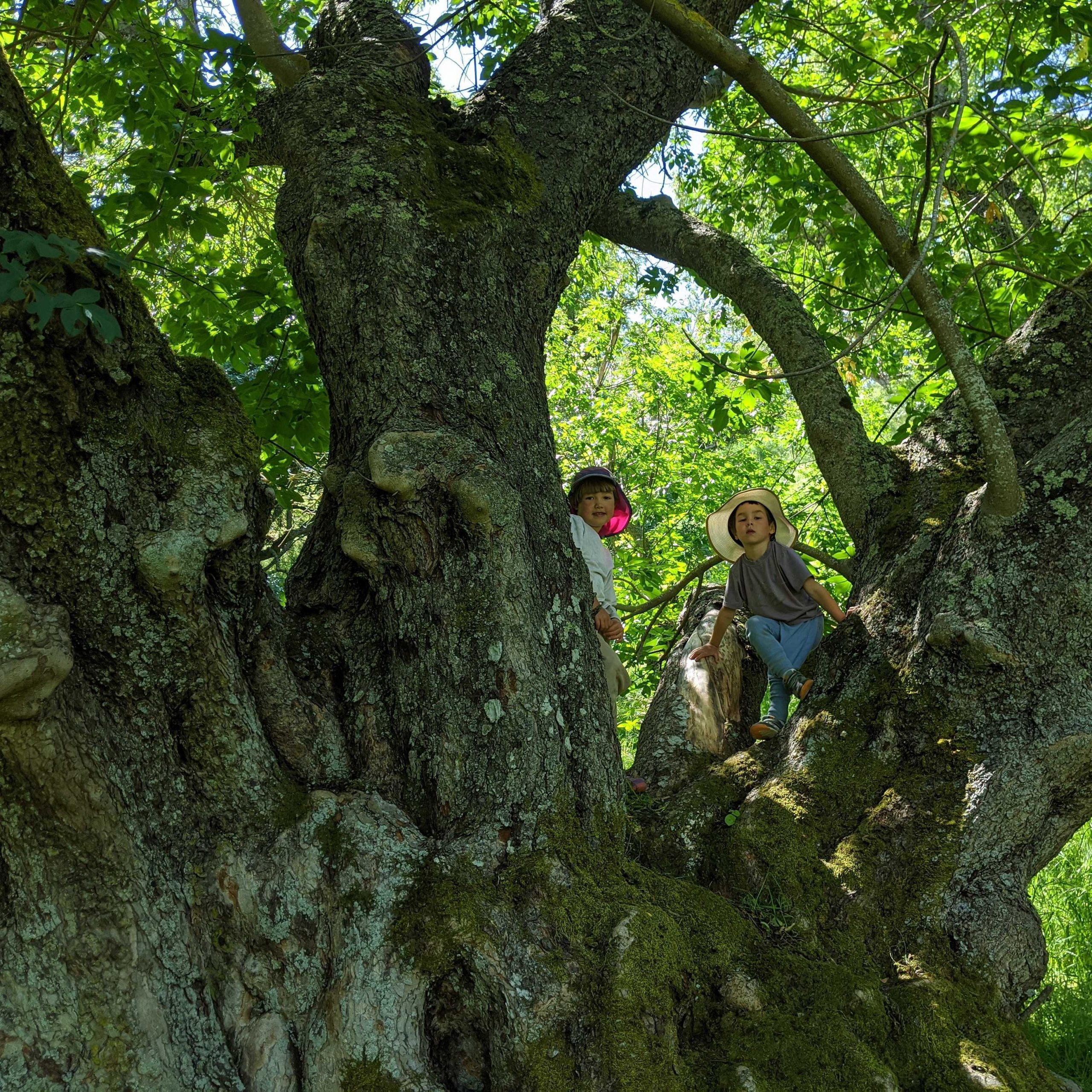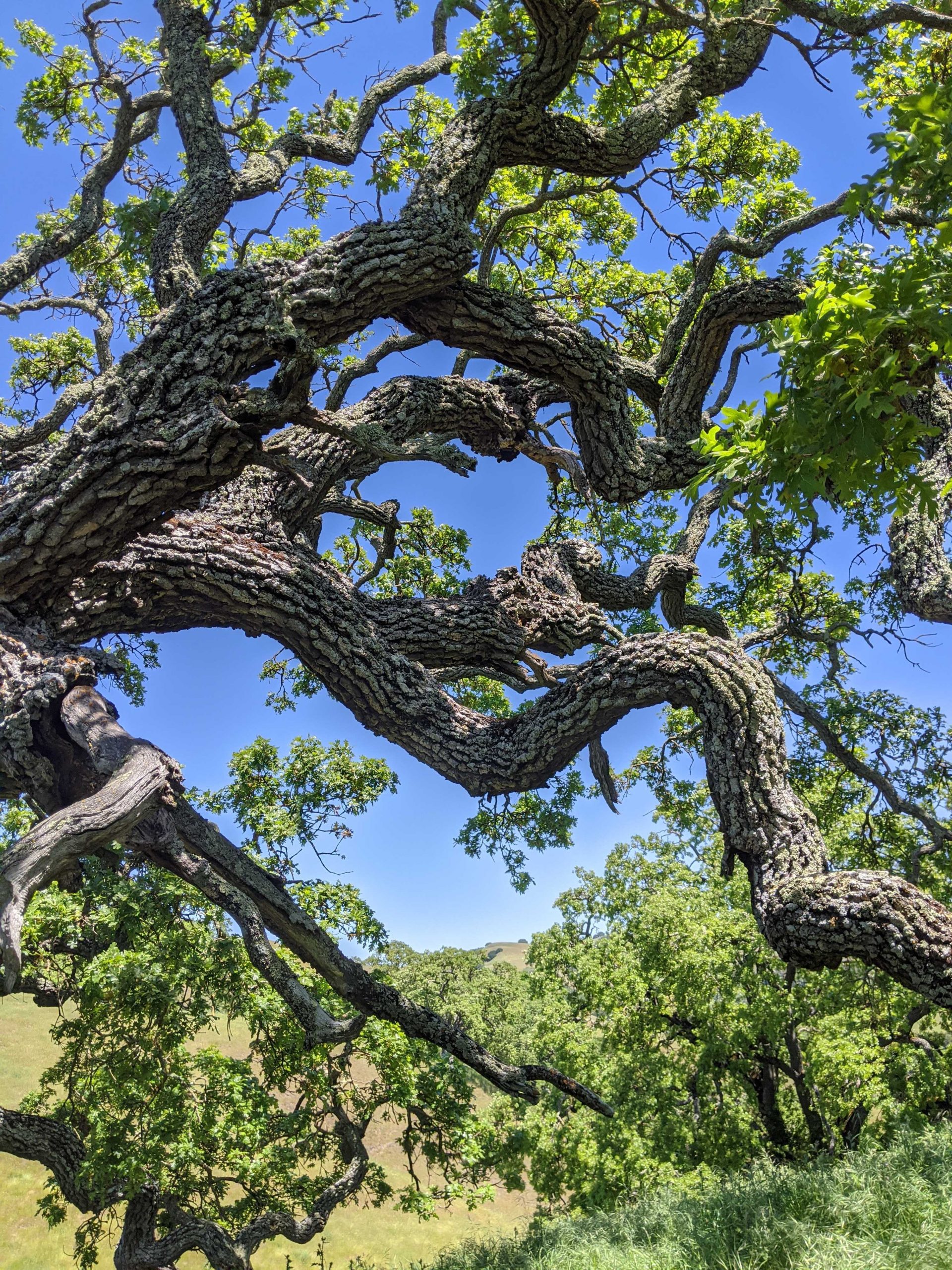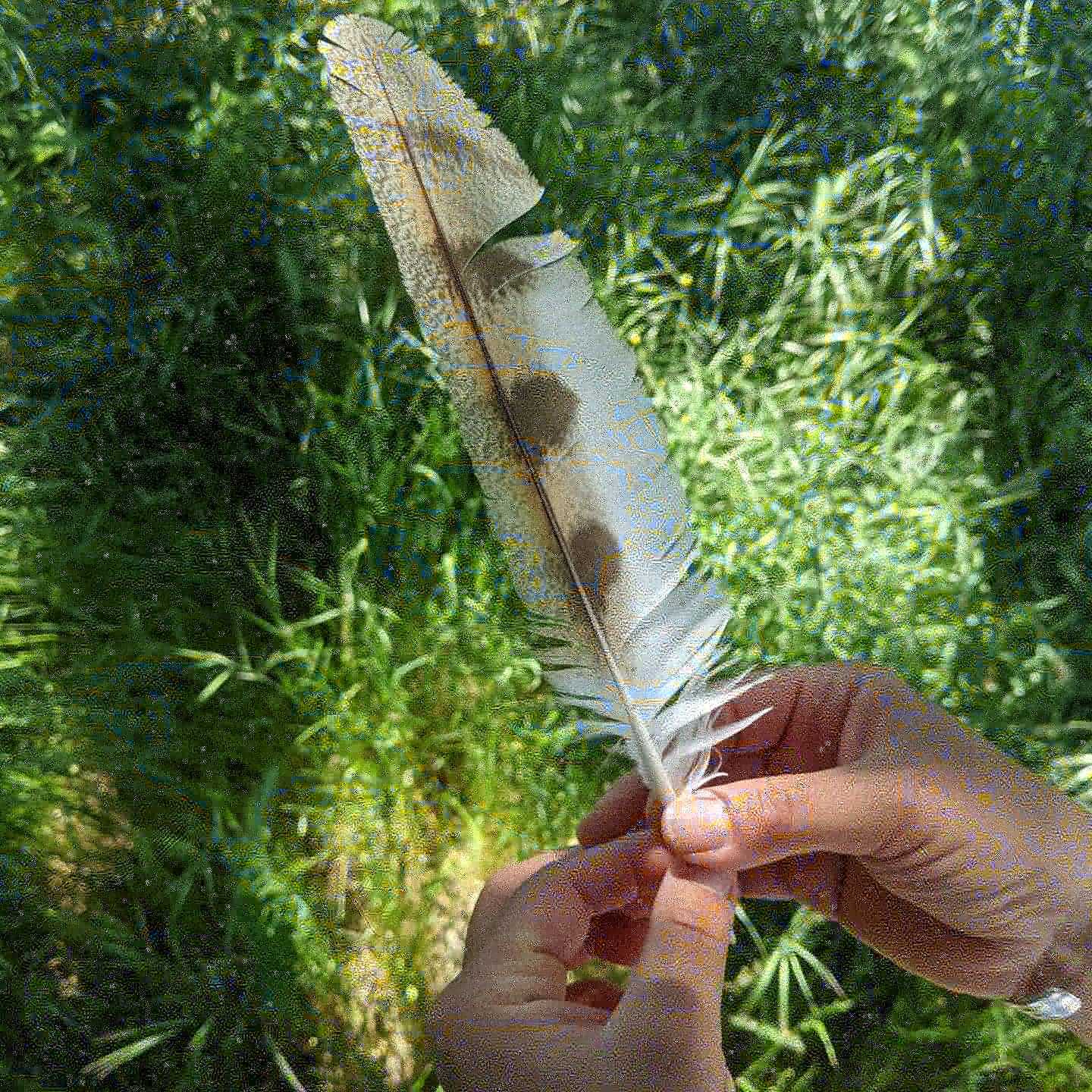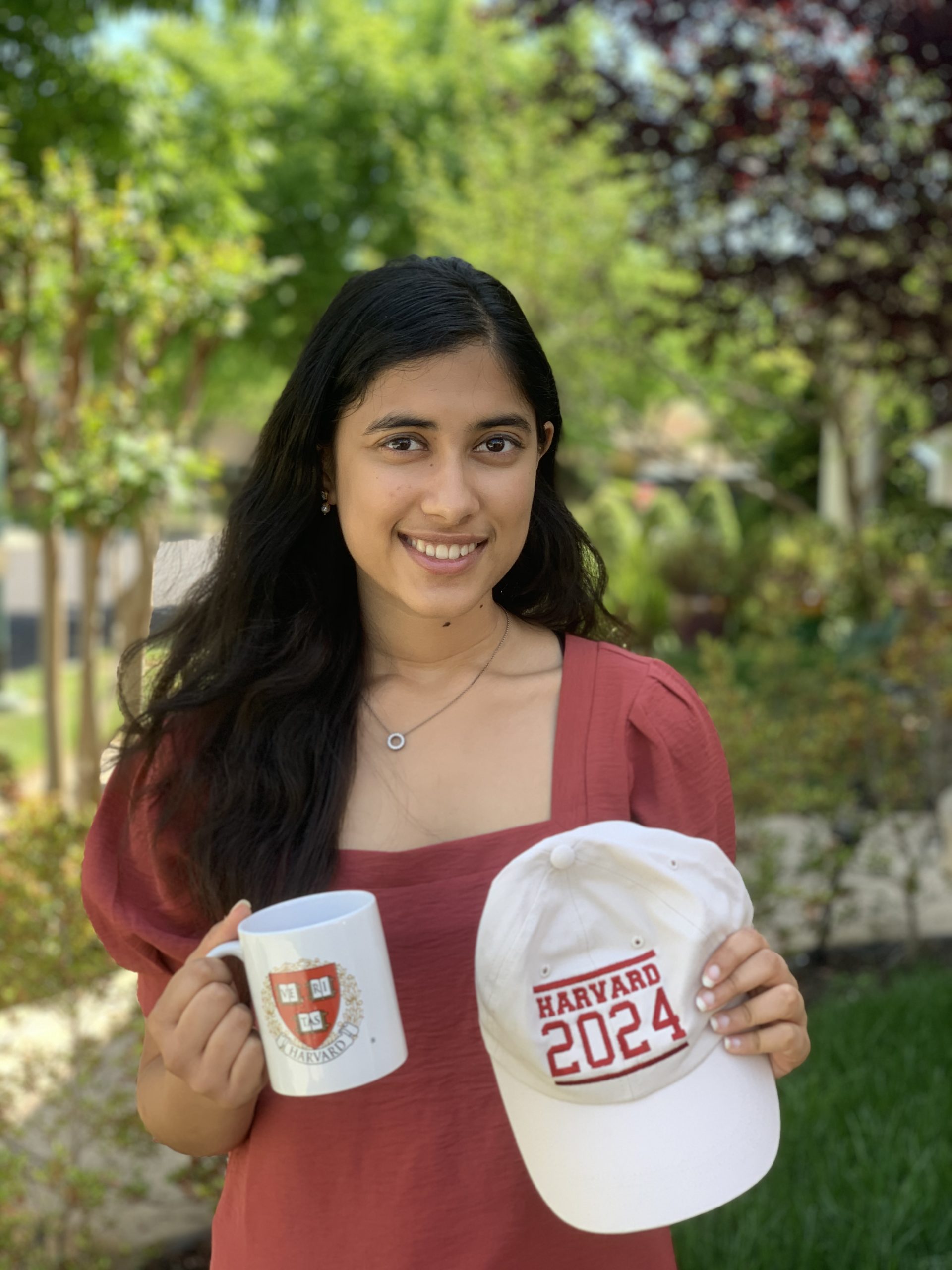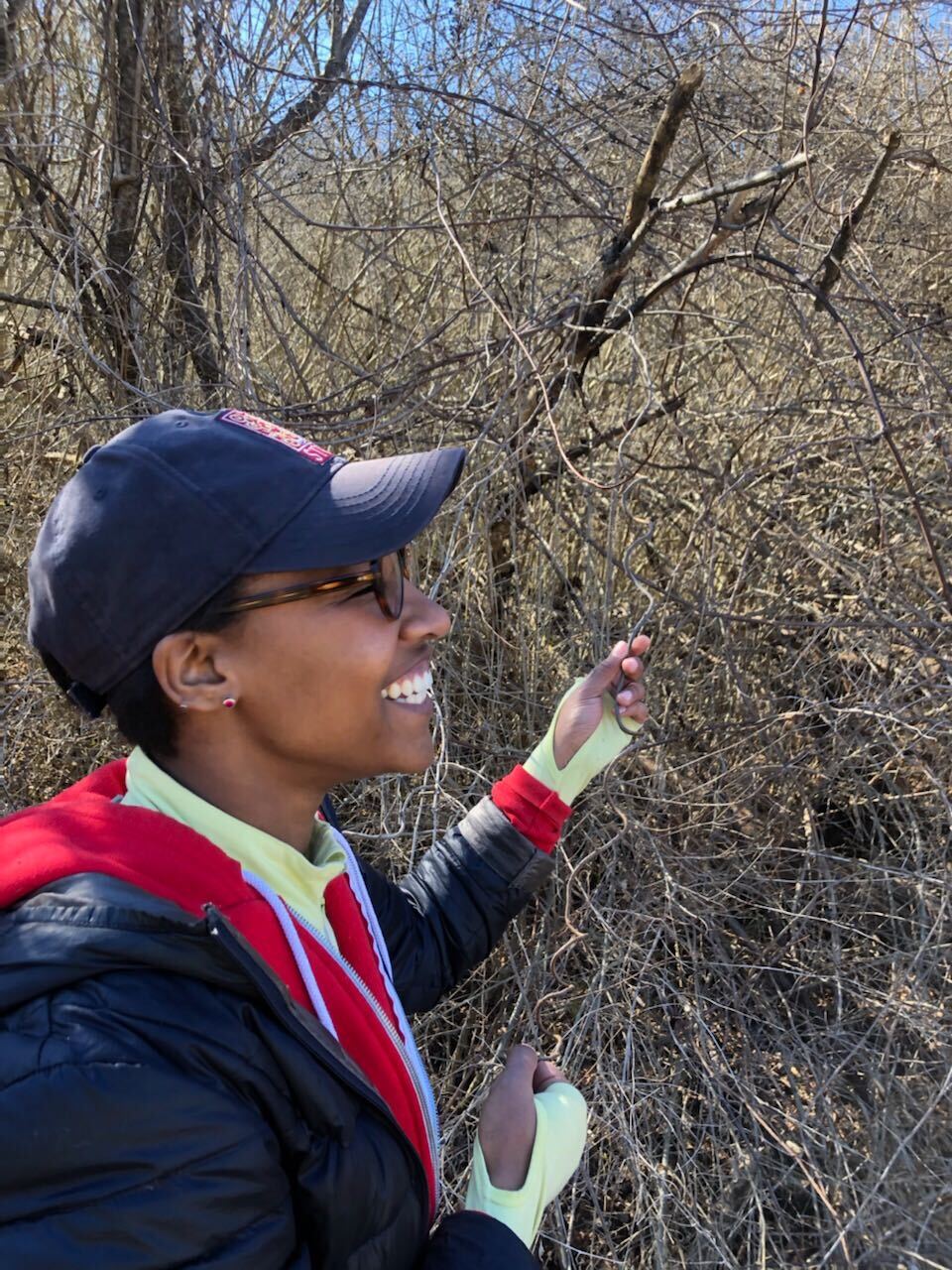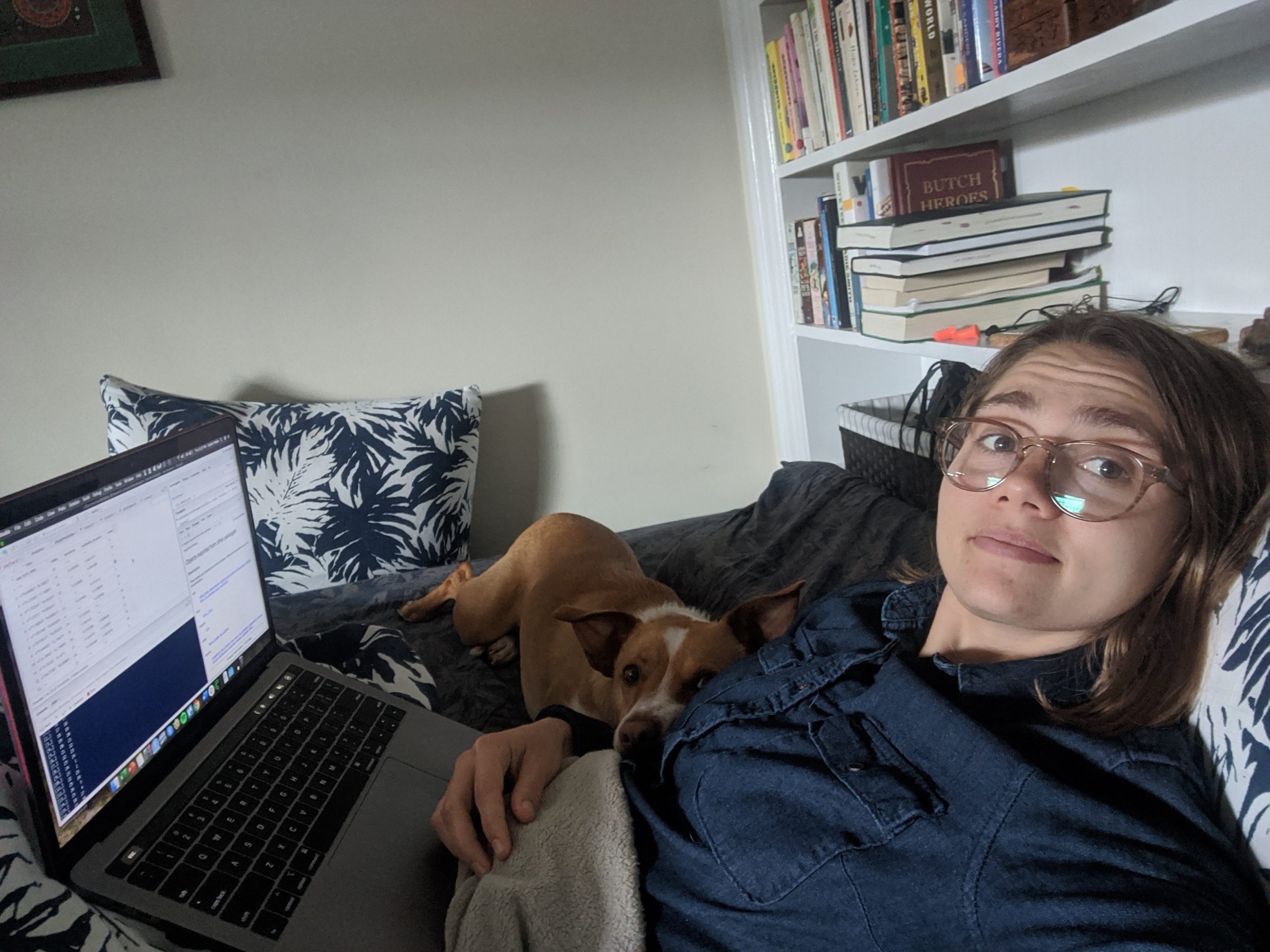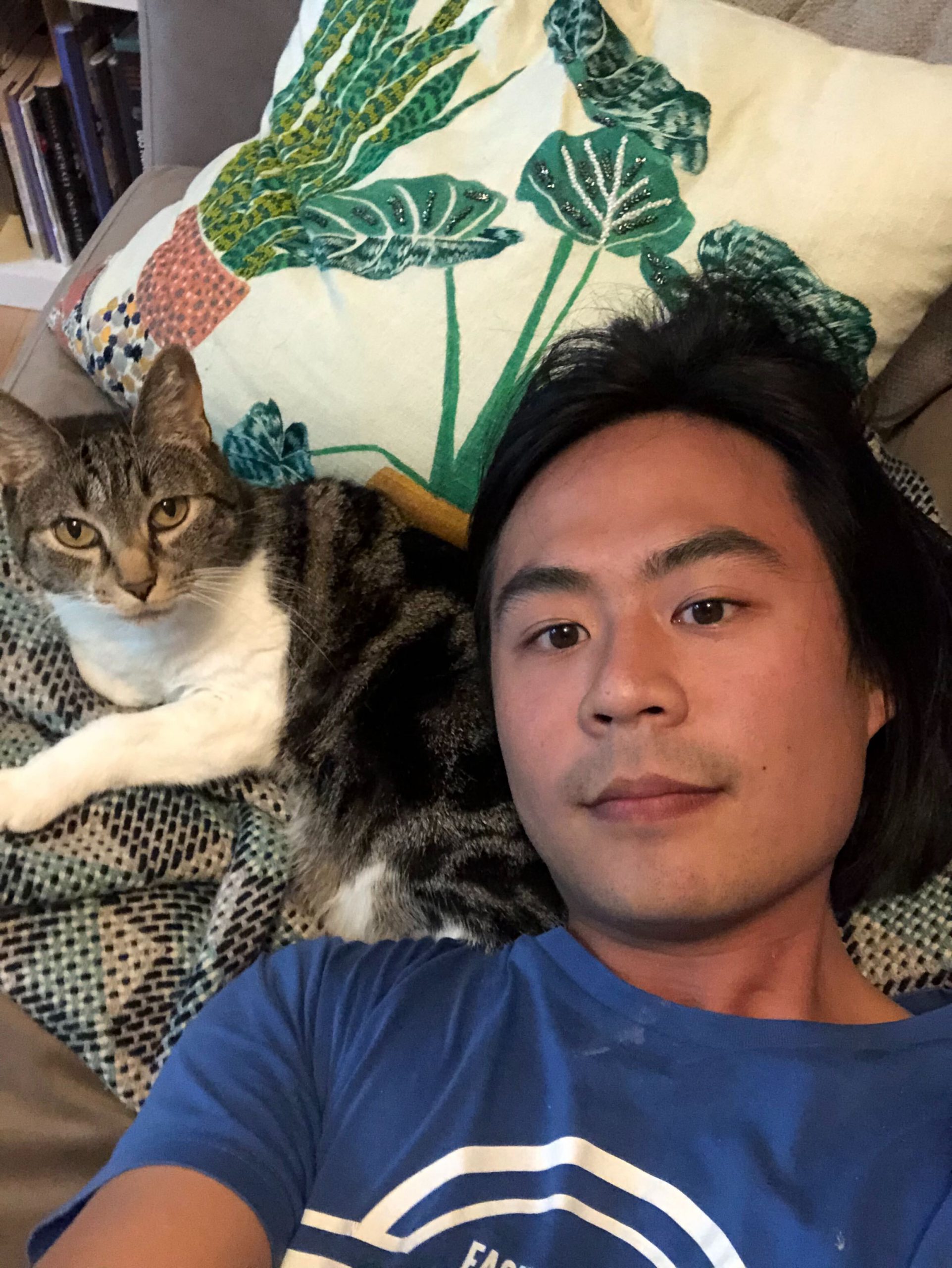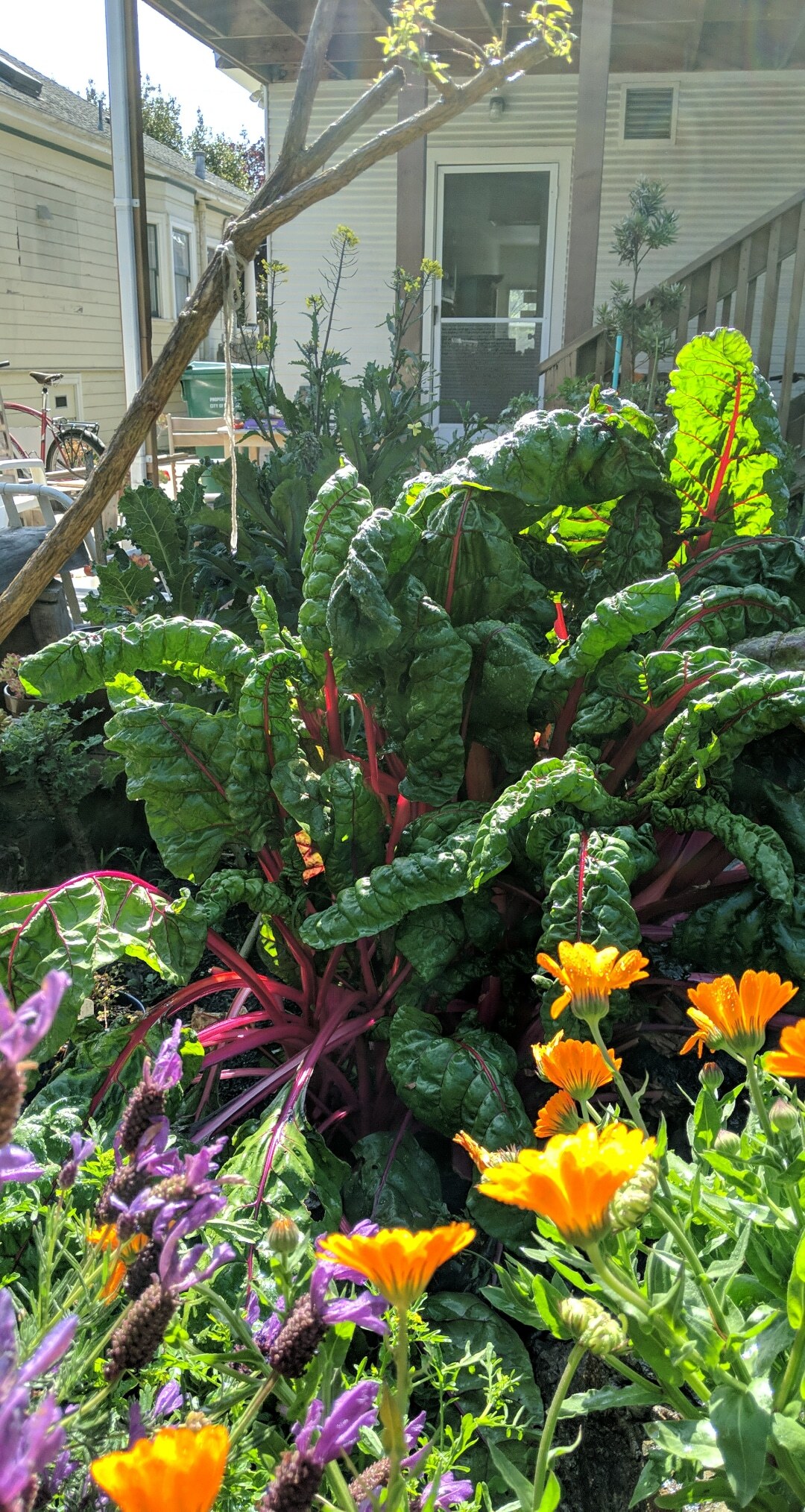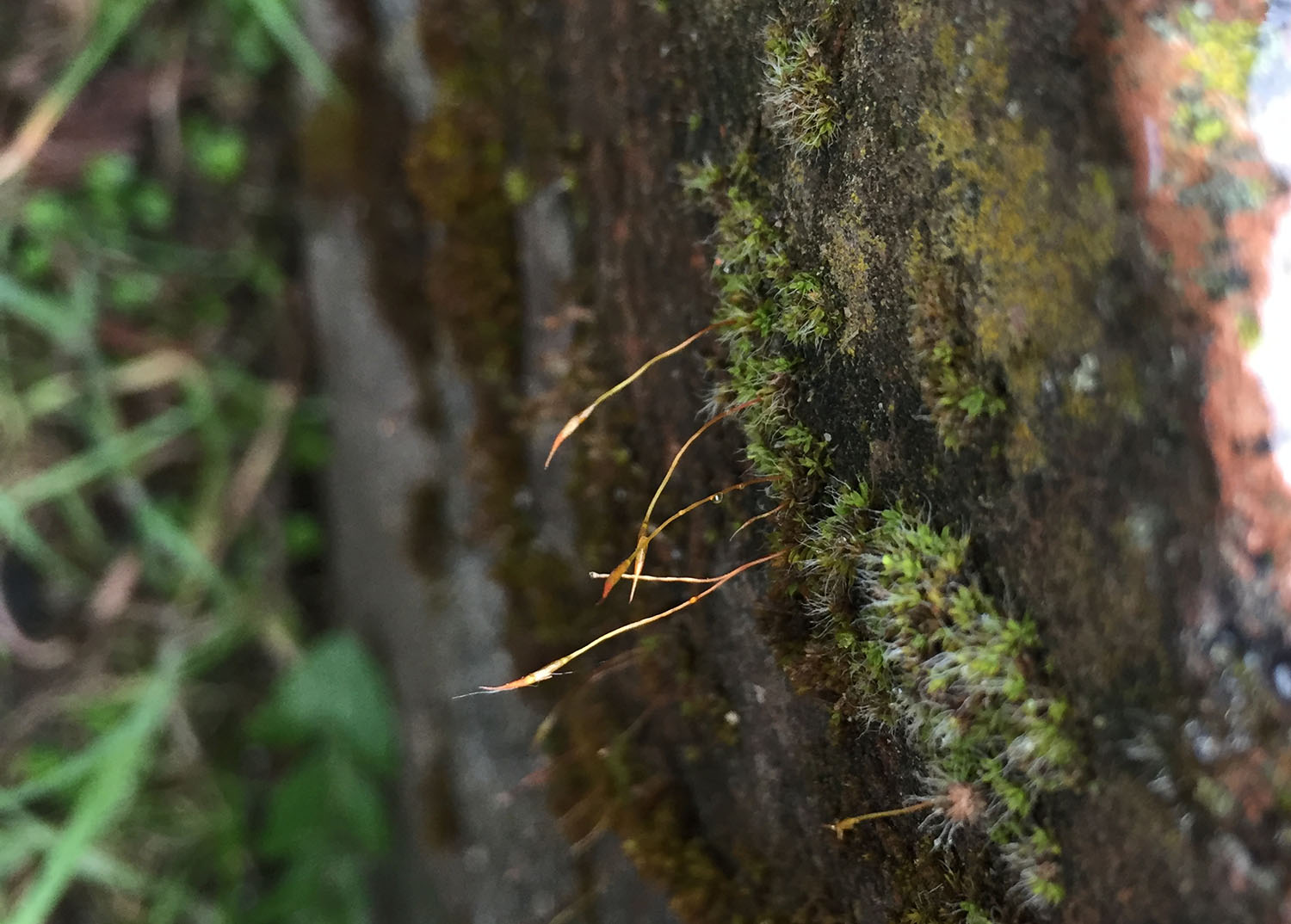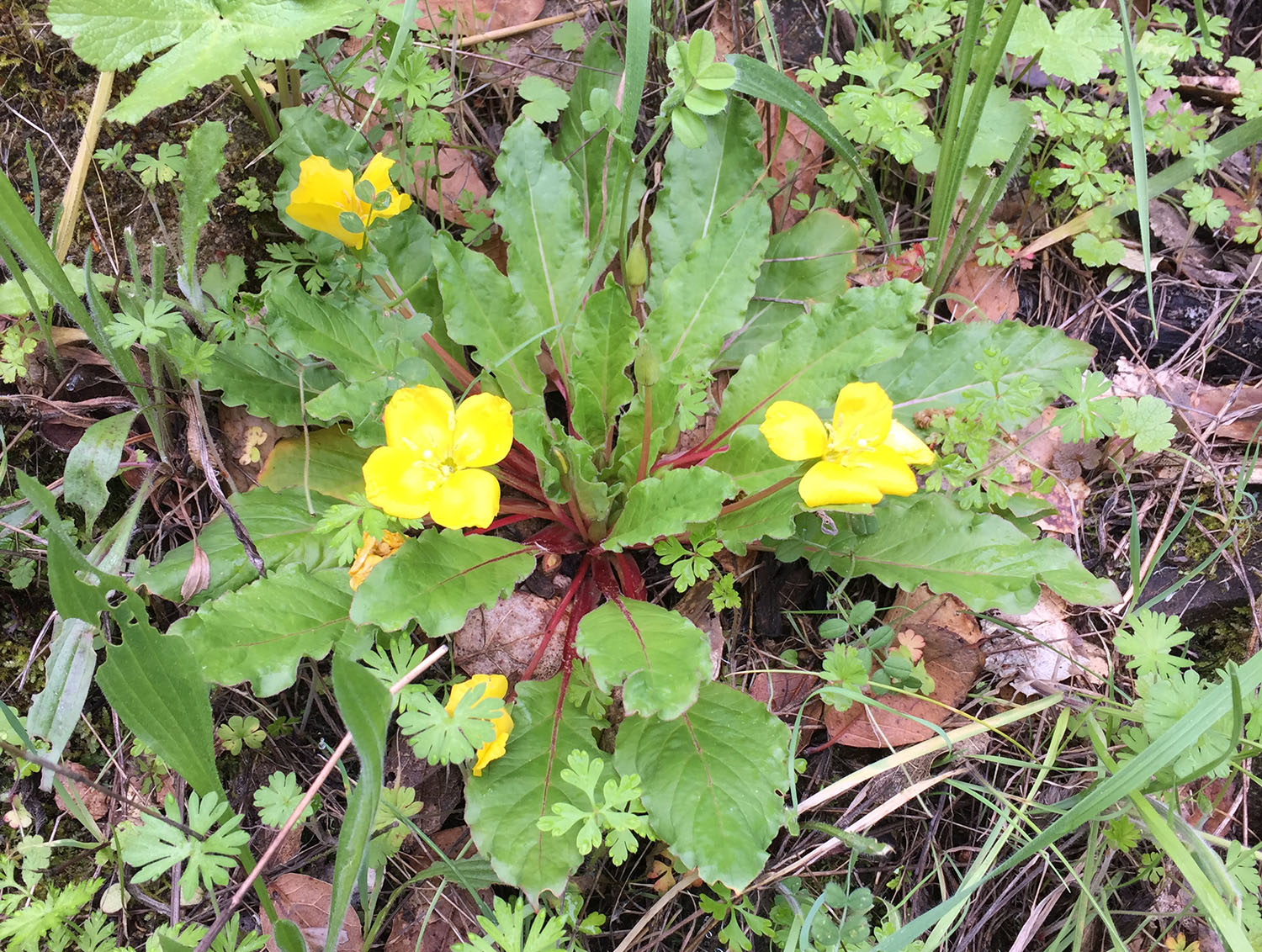The killing of George Floyd has brought to harsh relief the degradation, and so much worse, suffered by many of our fellow humans (it feels like I should say “Americans” here, but our nationalities don’t matter). Many of us, by the coincidence of having been born white and middle class, have been able to treat these atrocities as abstract, a tragedy happening somewhere else, to someone else. But while the murder of biologists at the hands of police is at least rare, we are not exempt–similar forces of discrimination, exclusion, and oppression are all around us, such as a white person’s weaponization of the police against a Black birder, or, even closer to home, the experiences of a senior professor in IB, Tyrone Hayes, who shared the letter below with the faculty recently (the letter is reproduced with his permission). We have to stop pretending otherwise.
I commit to making the Rothfels Lab an anti-racist community, and stand with the victims of racist violence and dehumanization everywhere.
My Dream Come True: An Open Letter to My Colleagues
“Why are you always here?” She asked as we walked up the hill from LSA to Morgan Hall where Immunology was taught. I had walked alongside the professor from LSA to class all semester.
Concerned, I answered, “I’m taking the class, is that ok? I’ve never had a course in immunology.” I assumed the Professor was confused because I was an IB graduate student taking an undergraduate course in MCB.
“I didn’t know they let you guys take classes” she responded.
“What do you mean?” I asked.
“Aren’t you the custodian who takes care of the crickets?” she queried.
“No… I’m a graduate student in IB” I answered.
“Oh.” She said unapologetically. “I always see you on the elevator…I just assumed you were the custodian who takes care of the crickets.”
And that was my introduction to Berkeley as a new graduate student (fall of 1989). It was one thing for campus police to block my car twice during my first week of graduate school and interrogate me because someone called and reported me in the building…but it was a completely different one for one of my professors to treat me this way. I dropped the class.
I thought Berkeley would be better. It reminded me of my first day at Harvard…
“My name is tyrone”. An eager freshman, I reached out to the person in front of me at the first Harvard “mixer” (a new term to me). I was just happy to be there…introducing myself to anyone who would talk to me. And my intended recipient quickly placed his right hand behind his back, refusing to shake my hand. “It’s because of affirmative action and people like you…that I was waitlisted” he said. “YOU took my spot”, he shouted as he walked away. And that was how he reduced me. He knew nothing about me…my grades…my test scores…my awards from national science competitions…all he needed to know to determine that I “took his spot”… was that I was Black.
This incident would be followed by campus police responding to phone calls from my dorm every time I tried to enter during my first week at Harvard and preceded by a similar call to the police warning of “a strange person in the dorm” during my pre-acceptance visit. The school newspaper, the Harvard crimson, even reported on the incident.
I thought Harvard would be better. It reminded me of my last days in South Carolina…
The phone hit the floor with a thud, as Allyson (the young White woman that I was dating in my senior year in high school) hurriedly threw it behind the couch.
“I hope you’re not talking to that n*gger again, Allyson”, I heard her mother exclaim as she entered Allyson’s apartment without knocking again.
“Mama don’t say that!” she yelled with a strong southern accent…”tyrone’s-”…
POP!…Allyson’s words were interrupted by an audible slap across her face from her mother. “You are, aren’t you? I don’t know why you and Donna are ruining yourselves like that…running around with them d*mn n*ggers! No decent White boy’s gonna’ want you after you done had all them n*ggers juggin’ up in you like that!”
“But mama, tyrone’s gonna’ go to Harvard…did you know that?”
POP! …Another slap. “Do you know what you call a n*gger with a Harvard degree?” her mother asked.
“N*GGER!!!!” her mother shouted, answering her own rhetorical question.
It reminded me of the stories my parents told me about growing up in South Carolina. I thought by now, things would be better. Is this all that I would ever be?
I worked hard at Berkeley. I tried hard…I did my best. I wore a suit and tie for every lecture. I cut my hair and shaved like my professor told me to…I took my earrings out and I spoke perfect English…just like my professor told me to. And after I was hired, I showed up for every faculty meeting (including one with my seven day-old daughter in tow), every seminar…every event… everything they asked me to do…photo shoots, commercials…I published in all the best journals…I got grants…I did everything…yet still…no matter what…no matter what I did…I was just a n*gger.
When I was growing up, my father used to say that the only difference between employER and employEE was a piece of paper on the wall. My father never got the chance to finish high school…and his father (the first to actually go to school at all) didn’t make it to high school. If we (my two brothers and I) just got the chance to “get that paper”…we would never be “trapped like (he) was” (his words). He told us: “Never find yourself in a position, where you let another man tell you when to get up in the morning…when to eat your lunch…and when to go home to your family.” He prayed, “I just hope to G*d that none of my boys end up in prison and that at least one of my boys gets the chance to finish high school”. He preached to us… “once you get that paper…you can be just like them…and you can do whatever you want.”
I listened to my father… I never went to prison…I finished high school…and I got that paper… and before I could even hang that paper on the wall…I was an assistant professor…my dream and my father’s dream had really come true. It took only a few hours to taint that dream, however, as the department chair congratulated me on my success, “the vote was unanimous” he said, but followed with, “and we didn’t even discuss race”. But no matter…the dream had come true…all I needed was the chance to show them that I was one of them.
Before I could even celebrate my one year anniversary as an assistant professor, however, that dream would continue to fall apart. I got a visit from Professor H. Yet, another honor, I thought…Professor H was coming to see me! That joy was swiftly dismissed…“We need you to vacate room 1C in the LSA basement” he told me. What a disappointment. He was chair and a new hire in MCB, needed my animal space. The next day I would receive a phone call at home from the new OLAC Director asking me to vacate the room… ”tyrone, I know that you think you are hot sh*t right now…but if you moved on tomorrow…Berkeley would be just fine.” She ended our conversation… A long cry from the promising complimentary language that everyone used during my recruitment less than one year prior.
A few years later, I would learn that everyone who used aquatic organisms (except me) collectively negotiated an OLAC per diem rate that left me paying ten times more than what everyone else paid. In short time, I was paying $80-$120,000 per year per diem to OLAC. In addition, OLAC did not actually care for my animals and I paid another $50-$80,000 per year to students and staff to care for my research animals. These charges left very little to support graduate students and postdocs, let alone to pay for research. H and his colleagues either sat on the committee (CARSA) or had access to its members. I requested several times, but was never allowed to sit on the committee or to plead my case before the committee. The ultimate fear for any person of color had come true…that there was some closed door behind which other people made decisions that benefitted themselves at the expense of people of color …at the expense of those who “aren’t in the club”.
When I complained to OLAC, the ACUC, and CARSA, I was denied assistance. I asked H how he obtained his per diem rate and he responded “I just made it up”. Others on CARSA confirmed that there was no review and that H created his own per diem. In a meeting in my office, I complained, “this isn’t fair”. His response, “No it’s not fair. You can always leave, can’t you? That’s your choice.” (11:14 am, Nov 24, 2008). When I took my case to the chair of ACUC she responded “Maybe you should be at a different university.” (1:12 pm, Aug., 11, 2009) and reportedly told others on the committee to just ignore my complaints and spread the rumor that I was irrational because (she suspected) that I suffered from obesity-induced diabetes. One dean told me that I may as well leave if I sought legal advice because I would be ostracized and the university would ensure that I would get nothing done if I stayed. The Vice Chancellor for research responded: “I believe you have shown unequivocally that you have not been provided the services for which you have been charged. I believe you have shown this, however…We must find how to put history behind us. Nelson Mandela was able to and what I would like for us is to agree we have a different relationship and whatever happened happened, and we will agree that is not how it is going to be going forward. That is my position… what I would like for us to achieve.”(11:26, Feb. 19, 2010). I was never compensated and to this day, still pay a higher per diem and have been charged over $1.5 million for animal fees over the last ten years. When all I asked for was equal treatment, the message from everyone seemed to be “you do not belong here”.
And my complaints brought more punishment. OLAC and the ACUC not only provided no care and services, they refused to respond to my needs. For example, the light cycle controls have failed in my animal rooms intermittingly for over 20 years. As an endocrinologist, proper light cycles are critical for my work. Even a single failure destroys an experiment causing me to lose those animals, and given the seasonality, often causes me and the graduate student involved to lose a year of research. I have requested that the problem be fixed and even offered to pay myself since 2011. Rather than respond to my request the ACUC/OLAC commissioned a committee to “review” my case and humiliated me asking for “proof” that the lights do not go off at night, even though I was there at night when the lights did not turn off. Essentially, I was accused of lying and in the meantime have lost over $100,000 (animals and animal care costs), and several students have lost months of work due to light failures that could have easily been repaired. I can’t imagine another professor not being taken at their word that they directly observed a facility failure.
The problem was not simply that I was charged unfairly, but I have been excluded from participating directly in most academic decisions and policy making. By this, I am referring to the fact that I have not been offered any departmental committee positions (other than those involving diversity) in my 31 years on the campus. I have never been asked to be on the curriculum committee, the five-year planning committee, the space committee etc. or campus committees that affect me and my ability to do my job on campus…such as CARSA etc. (the only reason I was able to serve briefly on the ACUC was because my lawyer became involved…imagine having to threaten a law suit to be asked to serve on a committee). Twelve years ago, I requested to be removed as the diversity officer in the department, the only committee, along with graduate admissions, for which I had been asked to serve. That request was prompted, not because I didn’t want to do it anymore, but rather because I felt that the department did not really care. Since my time as the graduate student representative, I worked recruiting and advocating for student applicants of color, often with much grief. As a faculty member, my negative experiences continued. As I brought the applications from students of color to the attention of faculty members, I often received comments such as “you’re bringing us these students after we have already decided to accept others”, when, in fact, the faculty involved should have been reading the applications already…and not making promises to other applicants before reading all the applicants to their labs. The final straw was our first departmental retreat. In a two and a half day retreat, there was nothing on the agenda to address diversity. I pointed this out to the chair and was told that I should lead the discussion. I pointed out that I didn’t have to lead the discussion and that anyone could. The agenda was changed and a 15 minute discussion on strategies to increase diversity was scheduled (the coffee breaks were scheduled for 30 minutes, i.e. twice as long was spent drinking coffee than allotted for discussing diversity). Furthermore, it was scheduled for 9:00 pm (if I recall correctly) after the wine-social on the last day of the retreat. It just did not seem like the issue was being taken seriously. At this stage, I requested to be removed from the diversity committee until I felt the faculty really expressed a true commitment to diversity. Since that time, I have never been asked to be on any other committees. To me, this says, “we don’t think you have anything else to offer”. It is for this reason that I have not regularly attended faculty meetings, socials, holiday parties, etc. in almost a decade. If the department does not care what I think or have to say, why should I bother?
I have complained to multiple departmental chairs about my committee assignments, yet still I have been excluded. In the past, I even took my case to the Vice Chancellor for Equity and Inclusion. He told me that he had asked around, and found out that “I think differently and have different ideas” and that this difference is what caused me to be excluded: “People fear that you will gum things up”. He told me that if I could avoid “being disagreeable for at least a year”, then maybe he could advocate for me. Assuming that is true, does the university really want diversity? Or just people who look differently, but have the same ideas? I took my case to the dean at the time and explained to him that I felt like I was treated differently. He told me “You can’t prove it’s because you’re Black…I mean you’re the only one” (2:12 pm, Jan 5, 2011). The problem is…I never mentioned race in our discussion. An IB faculty member who was involved in my case told me “I don’t know if its color…I don’t think its color…you just don’t have the respect. You aren’t in their club.” Again, in explaining my case, I never mentioned race…in large part out of fear of being accused of “playing the race card”.
Similarly, I was a faculty member for 20 years before I was asked to be on any faculty’s ad hoccommittee. As of today, after 27 years on the faculty, I have been asked to be on three reviews, only. This says to me, that I am not your peer. It is for this reason that I refuse to submit my cases anymore or to participate in this process. If I am not your peer and cannot review you, then I do not wish for you to review me.
Most frustrating, my experience and the environment have not changed in thirty-one years here. After 24 years as the only minority faculty member, we finally made a small change at the faculty level, and the diversity in our graduate students has not changed (with a significant portion of the students of color coming from my laboratory). The problem was most recently illustrated in one of our faculty meetings regarding how financial concerns might negatively affect diversity because faculty may be less likely to “gamble” on a Chancellor’s Fellows nominee. So, a diversity candidate is automatically assumed to be “a gamble”. I point this out not as reproach for the person who made the statement, they were simply reporting the sentiment of the faculty. In fact, whether or not any faculty members expressed this concern verbally is irrelevant, the fact is, this impression is what was sensed (and in my experience accurately characterizes the environment in the department and on campus).
The sentiment felt in the admissions process is quite disturbing. Consider the following…I am reminded of an incident where I was waiting on an airport shuttle in front of Durant Hotel. The shuttle pulled up, and I.. wearing a coat and tie and carrying a suitcase… walked up to the shuttle. The shuttle driver quickly locked the door and turned away from me. I stood there knocking on the door for a full ten minutes, before another couple (White) walked up to the shuttle. He opened the door and as I followed the couple in, he stopped me and asked for my identification. After examining my driver’s license (the others were allowed to board without ID), he checked the passenger list and called his dispatcher to double check that I had paid for a reservation. He then returned my license and apologized, saying, “Sorry, I didn’t know who you were.” I responded, “Your job is driving strangers to the airport. You don’t know who anyone is.” As awful as this experience sounds… greeting someone you don’t know with fear and mistrust just because of their race… it is at least someone you don’t know. When you assume that an applicant of color is a “gamble”, this person is, in fact, someone you know…someone whose CV/resume and transcripts you have in hand…someone who has letters of reference from others who know them…someone who has poured their heart out to you in their personal statement, yet you…still fear/mistrust them. Honestly, I’d rather be denied access to a shuttle by someone who doesn’t know me, than to go through the admissions process.
In addition, please don’t mistake this recent statement for the first time that this has been apparent. I recall incidents dating back 30 years when I served on the admission’s committee as a graduate student. In at least two cases our top candidates (4.0 GPAs, with 99% GREs and outstanding letters) were students of color and several faculty members pushed to have them nominated only for the diversity fellowships rather than the Berkeley Fellowship (our most “prestigious” fellowship). Although some faculty suggested that this decision was to maximize funding, if we follow this strategy, it means that a person of color would never get nominated for the Berkeley Fellowship, no matter how good they are. It is a sentiment echoed whenever we discuss whether we can get extra positions or extra funding for accepting a student of color or a job hire. As a former student and faculty-hire, I can tell you it makes me think…”did they consider me ‘a gamble’”? And “I wonder what extra thing they tried to get when they hired me?” Isn’t every candidate “a gamble”? In many ways, it is the same sentiment that was expressed to me at the Harvard mixer in 1985…White people have “a spot” reserved for them…anyone else is taking their spot and has to come with some reward or guarantee of success. I can tell you that many of our students of color feel (or have felt) the same way. It is for this reason that I stopped participating in student recruitment and job searches. If I am honest with the candidates, I would tell them all to avoid this place.
I have these types of experiences every day and have for my entire life. I could continue for pages on the many ways that I have been excluded, isolated, made to feel as if I don’t belong, but I think you get the point. For those of you who have reached out as individuals, I thank you, and I especially thank the few that I call “friend”. For those who have reached out and not received a response from me, please accept my apologies. Quite honestly, I have chosen to distance myself from the department and from the university as much as possible for my own mental health and well-being. All that being said, however, as awful as my experience has been here, it has still been a dream come true for me, even if it was also a nightmare most of the time… and I am thankful for that. So, please don’t waste any empathy and sympathy on me…I am too old, too tired, too bruised, and too bitter to fix. Rather, remember that antiracism and fighting racism starts at home. My wish is that we don’t let my experience become the experience of any other students or faculty of color. I am happy that we are all coming together now…and sorry that a tragedy like the current one was necessary to make it happen.
Your colleague
tyrone B hayes, PhD
Professor, Step IV.5
